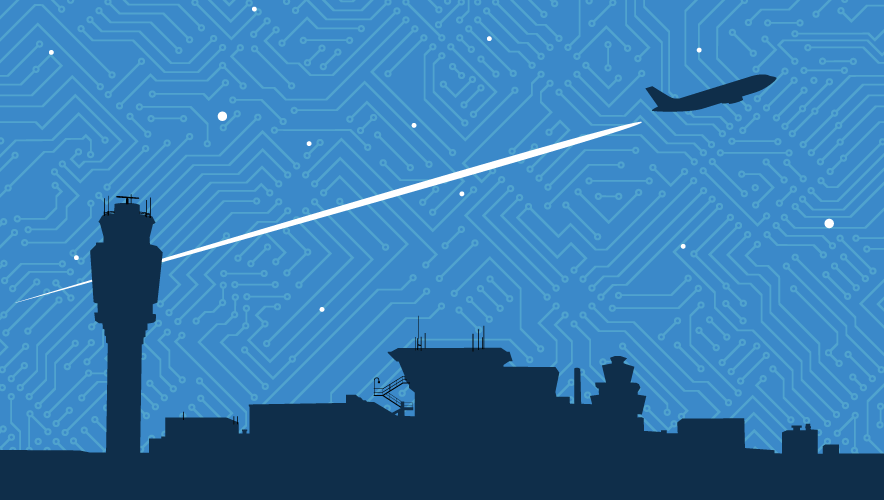Unlocking the Power of AI: A Wake-Up Call for Physical Security Operations
In today's fast-paced and interconnected world, enterprises face huge challenges to ensure the security and efficiency of their operations. From physical security threats to operational inefficiencies, organizations must navigate through a complex landscape while striving to maintain a competitive edge. In this context, the adoption of data science and artificial intelligence (AI) has emerged as a transformative force, offering new opportunities to address these challenges and unlock hidden value within organizations.
At the forefront of this transformation are security leaders, tasked with safeguarding people, premises and assets and mitigating risks. However, the traditional approaches employed by security teams often fall short, manual monitoring, reactive strategies, and siloed data contribute to inefficiencies and leave organizations vulnerable.
In physical security the rise of the insider threat, data theft, and unauthorized access means traditional security measures, such as surveillance cameras and access control, are limited in their ability to detect and prevent these incidents. To respond, organizations are increasingly turning to AI-powered solutions to bolster their security defenses and enhance situational awareness. With advanced analytics and machine learning, vast amounts of data from diverse sources can be analyzed to identify patterns, and predict potential threats before they escalate.
The adoption of AI represents a paradigm shift in how organizations approach security and operations.
Furthermore, escalating costs present a significant challenge for organizations across industries. Inefficient resource allocation, prolonged maintenance times, and suboptimal workforce management contribute to inflated operational expenses and erode profit margins. AI offers a compelling solution by streamlining processes, automating routine tasks, and identifying cost-saving opportunities.
Organizations also face a growing threat landscape in the digital realm. Insider threats, data breaches, and regulatory requirements have increased pressure on organizations to secure their data more effectively. Siloed systems, coupled with manual processes, create easily exploited vulnerabilities for malicious actors. But AI-powered solutions offer a proactive approach, enabling organizations to aggregate their data to detect and respond to trends and breaches.
Despite the myriad benefits of AI, organizations still face significant barriers to adoption. Limited understanding or expertise in AI technology, concerns about data privacy and security, and resistance to change from traditional security operations are some of the key challenges that need to be addressed. Education, training, and stakeholder buy-in are critical to overcoming these barriers and unlocking the full potential of AI in security.
In conclusion, the adoption of AI represents a paradigm shift in how organizations approach security and operations. By leveraging AI-powered solutions, organizations can enhance their security posture, drive operational efficiency, and stay ahead of emerging threats. However, realizing the full benefits of AI requires a strategic approach, investment in technology and talent, and a commitment to continuous innovation. The time to unlock the power of AI is now.
David Harris has over 30 years of leadership experience in security, he has overseen operations in Asia, Africa and Europe. His last role was as the managing director of physical security at Barclays Bank where he had global responsibility for all physical security operations, technology and governance. Harris is currently VP Customer Delivery at BeamUP, the world’s first AI-Powered Facility Intelligence Platform.













